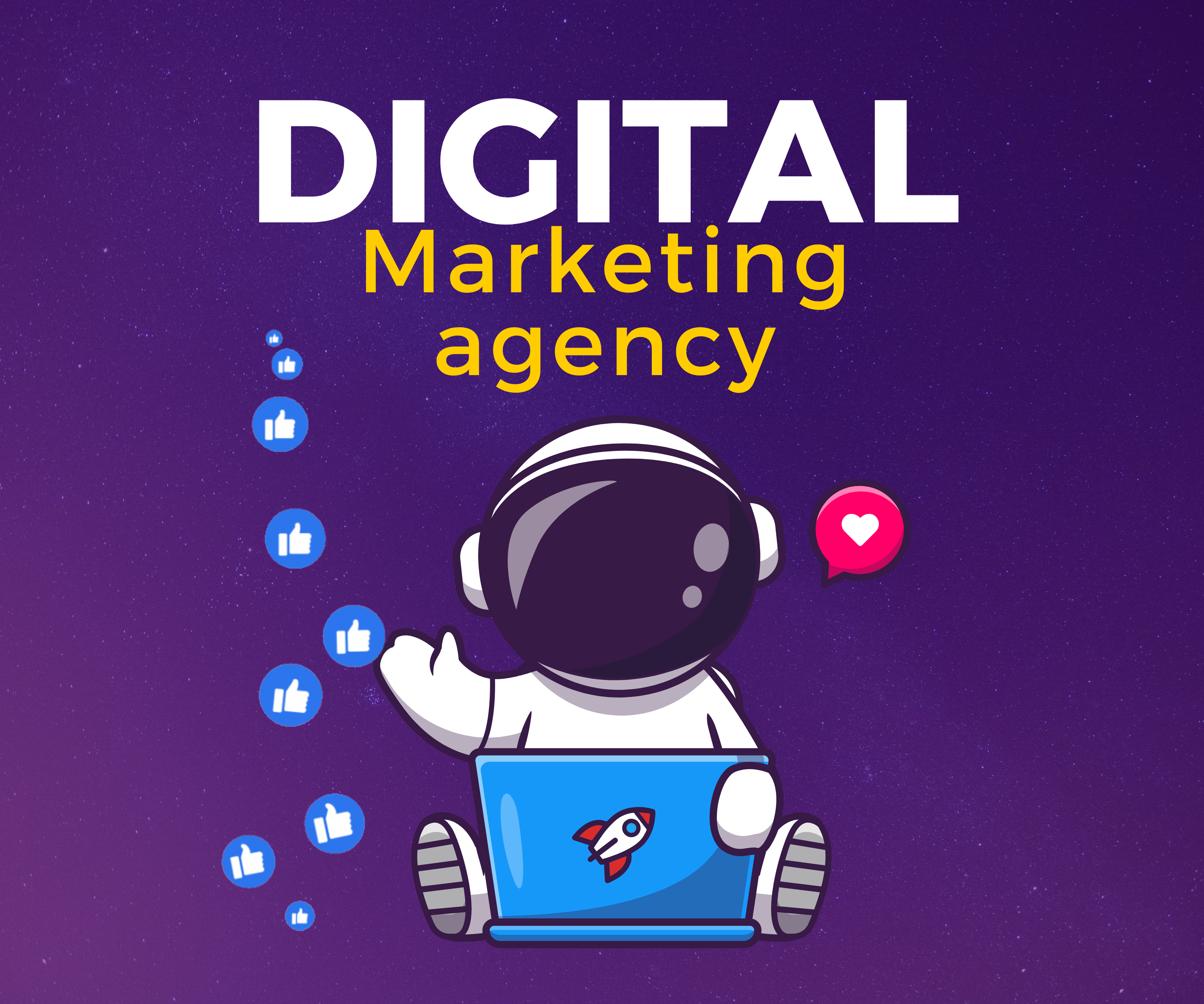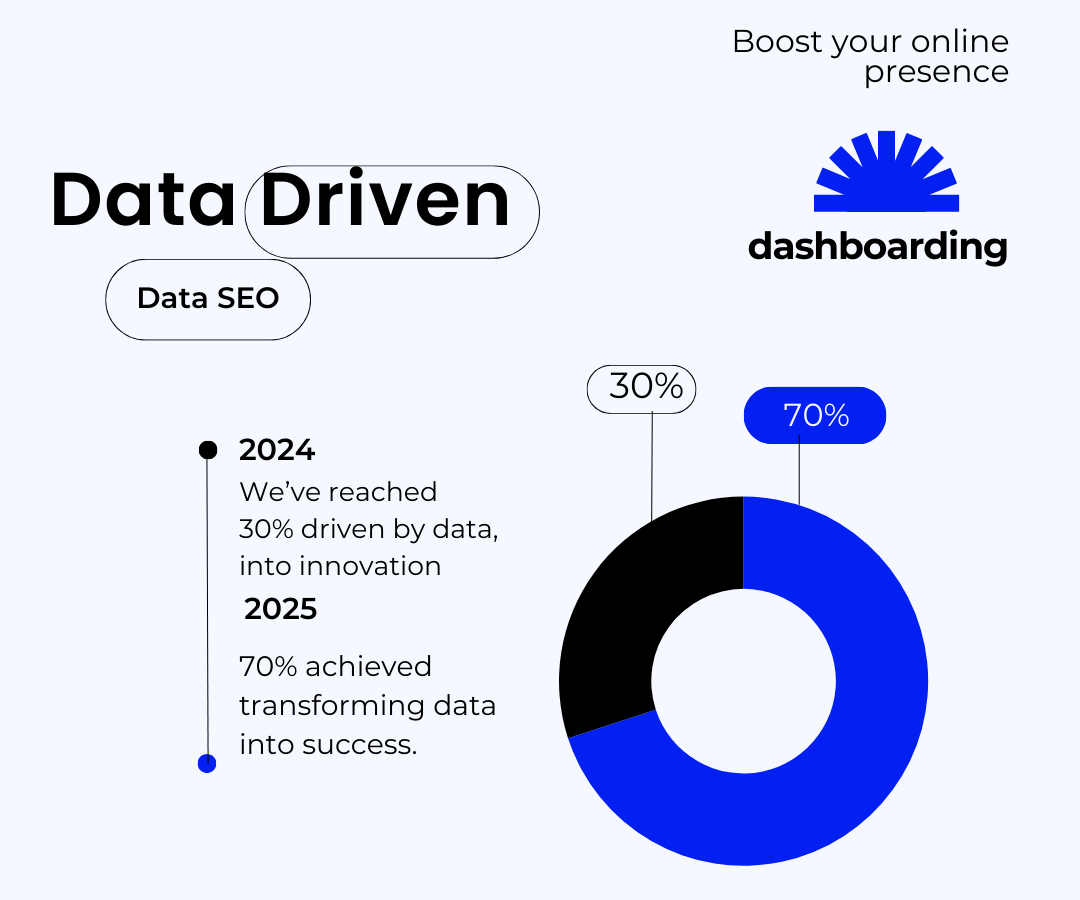Introduction
In today’s digital-first world, a company’s website is more than just a digital brochure — it’s a living, evolving business asset. And yet, many projects fail by overemphasizing one side: stunning visuals without solid code, or flawless performance with no visual appeal. True digital success lies at the intersection of two disciplines: web design and web development. When these two work in harmony, the result is a high-performing website that looks good, feels intuitive, and converts effectively.
Development
UX Design: Understanding User Needs
User experience (UX) design is not just about aesthetics; it’s about empathy. A UX designer must deeply understand the user’s behavior, needs, and pain points. This involves:
- User journey mapping to visualize the path from entry to conversion.
- Identifying friction points that cause drop-offs or confusion.
- Wireframing and prototyping with tools like Figma to design intuitive flows.
- Testing with tools like Hotjar, Maze, or real-user feedback to optimize constantly.
A strong UX ensures that every click feels intentional and effortless.
Optimized Front-End: The User’s Gateway
Front-end development brings the UX vision to life. It’s where design becomes interactive, responsive, and engaging. A well-built front-end focuses on:
- Semantic HTML and scalable CSS for clarity and maintainability.
- JavaScript frameworks like React, Vue, or Svelte to enable dynamic, real-time interactivity.
- Mobile-first responsiveness, ensuring the site adapts beautifully across all screen sizes.
- Design systems or utility-first CSS like TailwindCSS or platforms like Webflow to maintain visual consistency and speed up delivery.
Poorly executed front-end leads to sluggish performance, layout bugs, or frustrated users — all of which hurt conversions.
Robust Back-End: The Invisible Engine
While users don’t see the back-end, they experience its effects in every interaction — fast loading times, secure logins, personalized content, or smooth transactions. A reliable back-end must handle:
- Data architecture that’s clean, scalable, and secure.
- API integrations for CRMs, payment gateways, or third-party tools.
- CMS logic that empowers content teams without developer bottlenecks.
- Frameworks like Laravel, Node.js, or even WordPress (when customized properly) to deliver robust business logic.
A solid back-end is essential for uptime, speed, and flexibility as your site evolves.
Scalability and Maintenance: Building for the Long Run
Websites are never truly “finished.” They grow with the business, shift with audience needs, and respond to new technologies. That’s why scalability and ongoing maintenance are non-negotiable:
- Version control (e.g. Git) for safe, trackable updates.
- Automated backups and staging environments to avoid production errors.
- Monitoring tools (like Sentry, Pingdom) for real-time performance and uptime tracking.
- Modular architecture so features can evolve without breaking the core system.
This is where many flashy sites fail — they launch strong but lack the structure for long-term success.
Conclusion
A website’s success hinges not just on how it looks or how it performs — but on how well design and development work together. It’s a strategic partnership that blends creativity with precision, vision with structure. When UX, front-end, and back-end are aligned, your site becomes a true growth asset: user-friendly, lightning-fast, scalable, and always ready for what’s next. If you’re aiming for real digital results, design and development are not two separate steps — they are one unified process.





